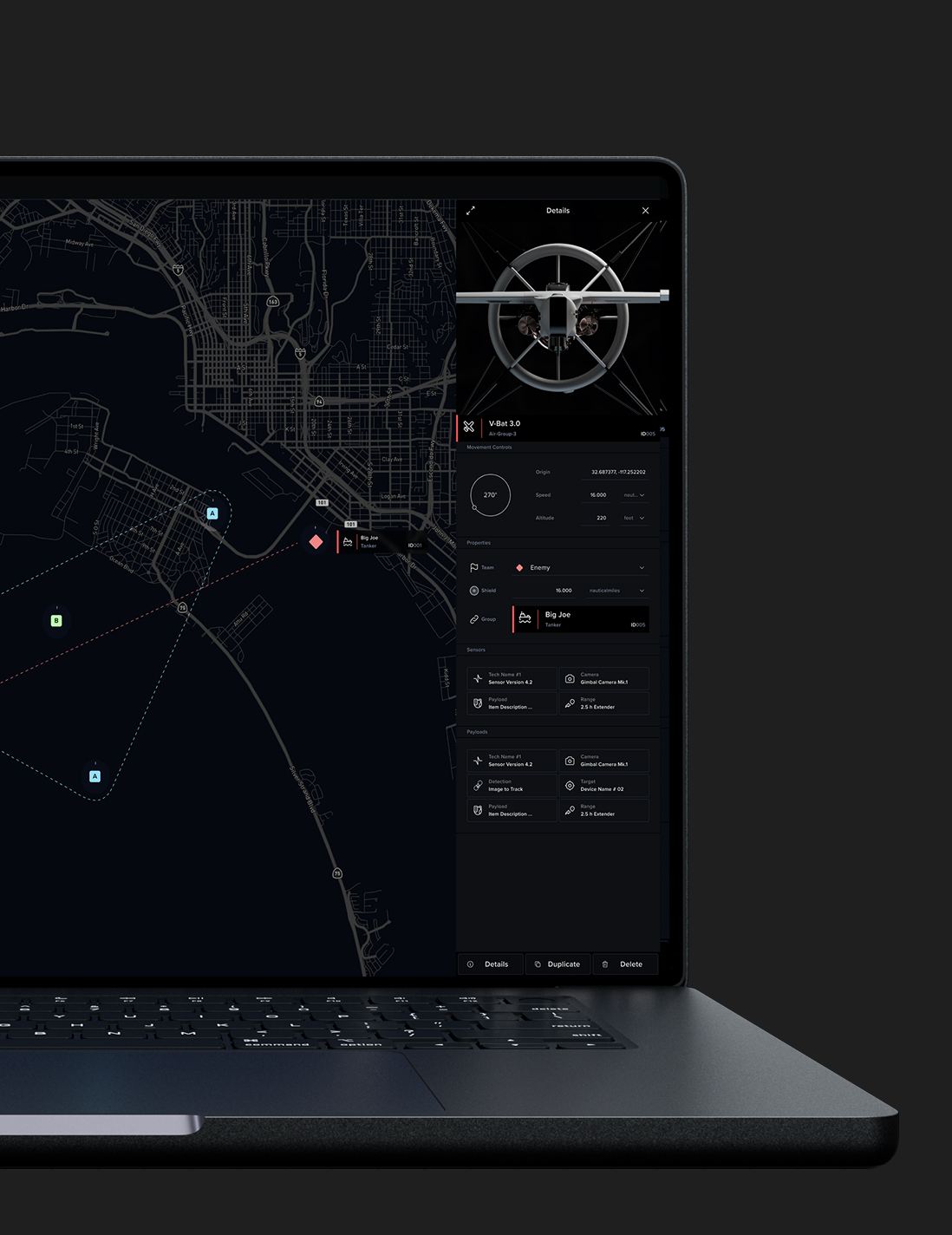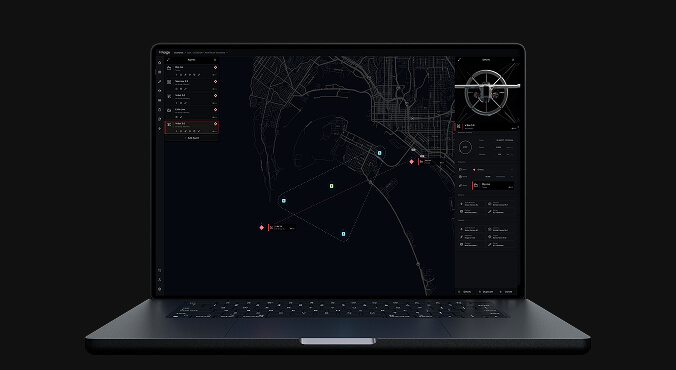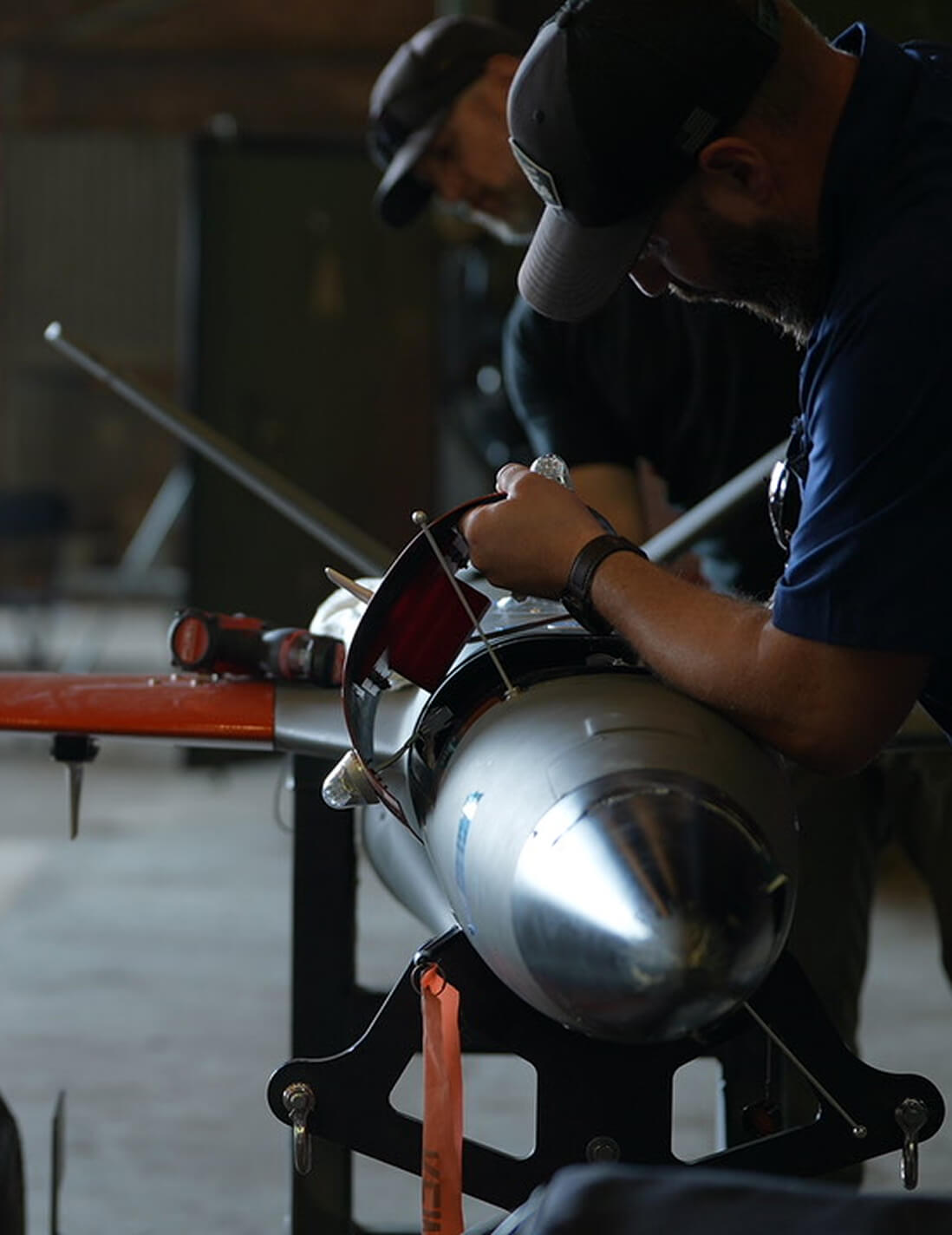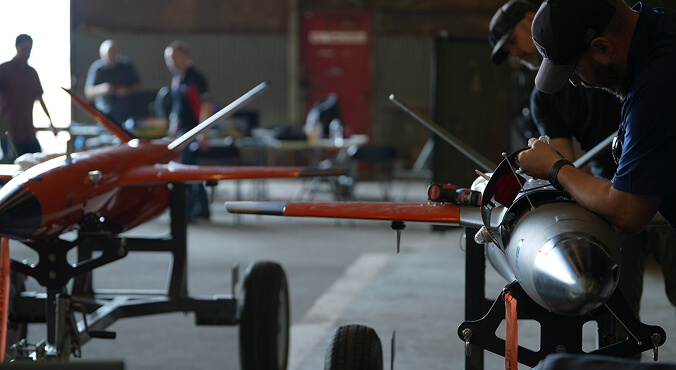[April 16, 2019]
What is Tolerance Analysis?

A conversation with Gabe Mayo, Shield AI’s Vice President of Hardware Engineering.
What is tolerance analysis and what it is used for?
Tolerance analysis is about determining how close something is to the mark and how far it will deviate. We can explore the concept through the following example:
Imagine you are taking a tightrope training class on the low rope. You’re going to have to be very careful because it’s a narrow wire, but if you have slippers that are just right — they have good grip and they fit you properly — then you can probably walk across. Now, let’s say that you don’t have the proper slippers. You normally wear a size 9 but all you can borrow today is a size 10. Even if you lace the slippers as tight as you can, your foot is still sliding — you’re going to have a more difficult time making it across the wire without falling.
So the first element of tolerance in this example is your ability to match your slipper size to what is available for you to wear. You were off by a whole size and that has consequences in performance. Let’s assume this caused a reduction in performance such that most of the time you attempt to cross the tightrope wearing these too-big slippers you’re going to fall off. Extending this to a larger sample, let’s say I put the wrong slipper size on 20 tightrope walkers. With these wrong fitting slippers 8 of them are able to walk across and 12 fall off. That’s a very low yield.
Tolerance analysis is used to determine how far off I can be on something and still hit the mark. In this example, it would ask: Can I get more of the students to complete their walk across the tightrope successfully by giving them a better fitting slipper? How much better of a fit is required?
In statistical terms, is tolerance analysis about determining the level of standard deviation? Do you measure the amount of sigmas you can be off by that still allows for successful performance?
That’s correct, but that’s only one factor. In statistical terms, I have a bell curve. A portion of the bell curve — the edges — represent my probability of failure. For one variable, the percentage of the edges to the total bell curve may be minimal. However, as I introduce other variables, the edges of the curve get wider and wider and I get a higher percentage of failure.
Tolerance analysis requires figuring out how many of my components are going to meet the specifications and what contribution the different components have on the performance. For instance, I may have 20 different variables for performance and each one of them may have a performance degradation aspect. So, for the tolerance analysis I would have 20 variables that I am going to study to determine how each one of them varies the end result and by what percentage.
Why is this important? Does it help us to determine success factors of the product — when it will work and when it won’t?
It could be yield, or it could be simply meeting the reliability threshold. For example, when we say that we want something to be reliable 95% of the time, we mean that 5% is going to fall out of that bell curve of the edges. That 5% is failure, but for the 95% we know the result is accurate.









